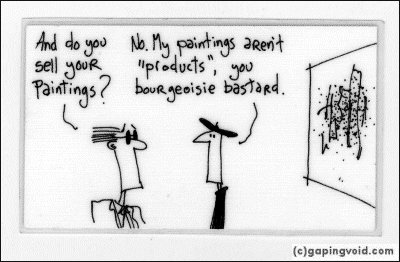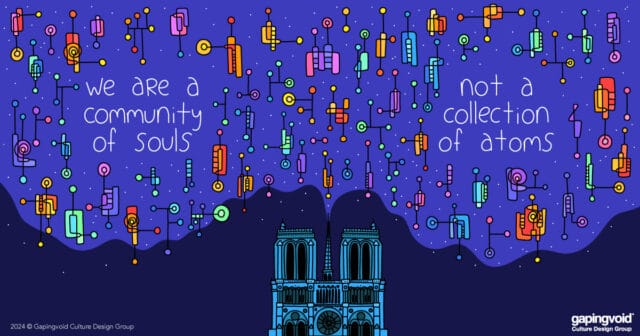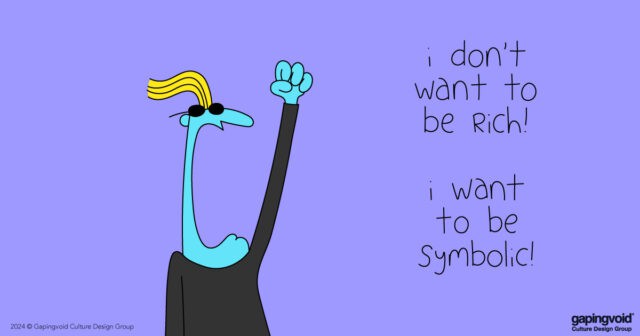There’s a great article in Slate [Thanks to Austin Kleon for the link] about how a lot of famous artists managed to still do their thing while still holding down a regular, long-term day job. Joseph Cornell, one of my favorite artists, was mentioned:
The artist Joseph Cornell struggled with this arrangement. He made his first shadow box in 1934, not long after securing a 9-toManhattan textile studio. It was tedious and low-paying work, but Cornell stayed there for . Nights he spent at his kitchen table, sorting and assembling materials for his boxes. In 1940 Cornell finally mustered the courage to quit his job and pursue his art full-time. Still, as much as he had hated working, Cornell found that he hated not working, too. During the, he returned to the workforce twice, happy at first to resume the reassuring routine. Then, after a period of months, he would grow frustrated and quit.
Wage-earner-by-day, artist-by-night? By choice? Sure, why not? It’s why I wrote The Sex & Cash Theory in the first place. Heck, there are plenty of times when I think I should have done, even.
The only problem with this plan is, the kind of jobs that can pay your bills while still leaving you enough bandwidth afterwards to really pursue your calling… Those jobs don’t really exist any more. Maybe they never did.




